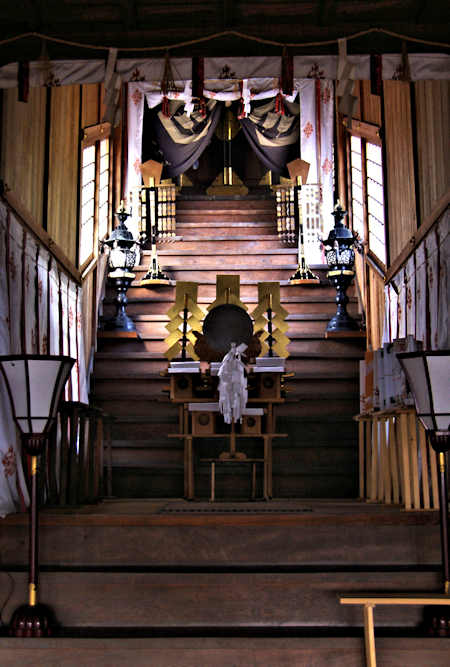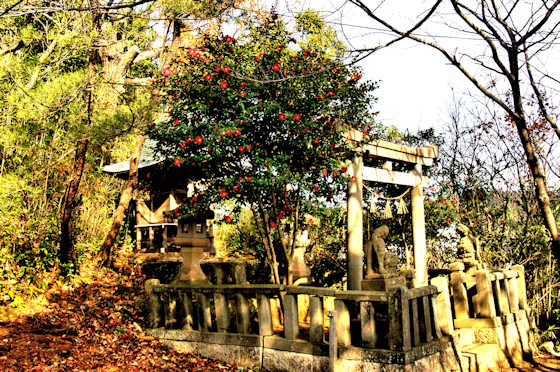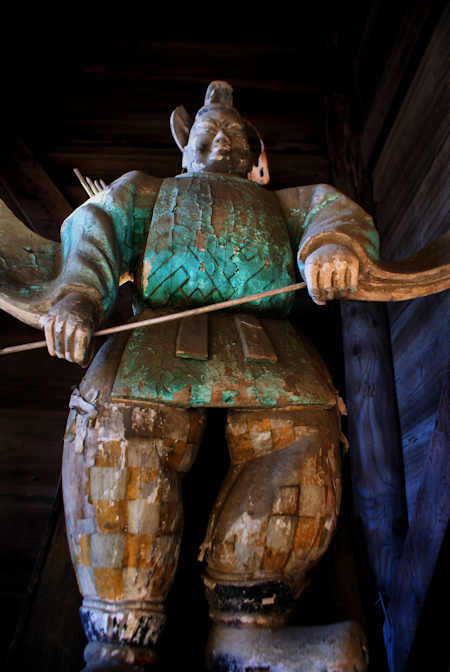Showing posts with label shimenawa. Show all posts
Showing posts with label shimenawa. Show all posts
Monday, October 17, 2022
Nomachi Takano Shrine
Saturday, October 15, 2022
Ushiki Tenmangu
One way some communities resisted this program was by very quickly enshrining a national kami in the shrine and therefore spared the destruction of the sacred tree. There are examples of this in my own area.
Thursday, January 27, 2022
Kokubunji Byakuraku Shrine
Kokubunji Byakuraku Shrine
The shrine is listed in the tenth century Engishiki, which means it received offerings from the cetral government.
Labels:
engi shiki,
Hachiman,
iwami33,
kokubunji,
komainu,
shimenawa,
Shrine,
torii,
wakeikazuchi
Saturday, August 21, 2021
Meiseki-ji Temple 43 Shikoku Pilgrimage
eriod.
The temple belongs to the Tendai sect and the honzon is a senju Kannon.
Labels:
ehime,
henro,
sacred tree,
shimenawa,
tendai
Saturday, May 8, 2021
Omiya Shrine Yamaga
Saturday, March 6, 2021
Matsubase Shrine
Matsubase is a small town in Kumamoto that I reached in the afternoon of my 45th day walking around Kyushu. Matsubase Shrine is the main shrine in the centre of town.
Labels:
camphor,
fall,
hayatamano,
izanami,
kotosakano,
kyushu108,
shimenawa,
shinboku,
Shrine
Thursday, November 19, 2020
Takuno Hachimangu
Takano Hachimangu
Saturday, July 11, 2020
Karakamishiragi Shrine & a serious revising of myth-history
Karakamishiragi
At the far western edge of the village of Isotake is the small fishing port, and next to it a small, fairly standard, little shrine with modern torii, standard, modern komainu, and the large thick shimenawa typical of the region. What is interesting is the name Karakamishiragi Shrine which translates as "gods from Silla Shrine", Silla being one of the countries that made up the Korean peninsula before becoming unified.
The kami enshrined here are Susano and two of his daughters, Oyatsuhime and Tsunatsuhime. His son, Isotakeru, gave his name to the village, but curiously is not enshrined here. According to the local records they all arrived here from Silla and established what later became known as Izumo Culture. It also says they travelled back and forth between here and Korea with local kami, transferring technology.
This is quite different from the mainstream, official version of the mytho-history which has Susano descending directly to japan from the High Plain of Heaven. That version is the one in the Kojiki which nowadays is touted as the oldest book in Japan, but to be quite frank is a very revisionist, political rewriting of the myths to suit a small group of powerful clans who had seized power just before writing the kojiki.
Visiting this shrine not long after moving to the area set me off on a trail of discovery as I followed the local legends and myths that tell quite a different story than the mainstream which became fixed in the early days of the Meiji Period when national myths were needed by the political leaders....It also led me to a more detailed exploration of Susano, the kami largely dismissed by the mainstream myths in favor of his sister Amaterasu.
Labels:
isotake,
isotakeru,
iwami33,
komainu,
oyatsuhime,
shimenawa,
Shrine,
Susano,
torii,
tsunatsuhime
Monday, December 30, 2019
Mifune Shrine, Yoshino, Kagoshima
Heading down the busy main road to Kagoshima that runs between the bay and the mountains, at one point the road splits and on the "island" between the lanes was a small shrine set in a grove of trees. The small building was squeezed between 2 large rocks.
Mifune (3 boats) Shrine was founded in 1741, though a small. stone hokora was excavated here suggesting it was a sacred site before 1741. Mifune Daimyojin is considered a kami for protection at sea and also for fishermen. The titel "daimyojin", means, I believe something like "great shining deity" and is applied to many kami. I believe it is a somewhat Buddhist term.
There were numerous smaller altars around the main building, and many of them featured Buddhist statues, like this miniature Fudo Myo.
Was the road rerouted to avoid the shrine? In this case I suspect so, although there are plenty of example of shrines being relocated when they stood in the way of construction projects.
This bottom photo is probably a Benzaiten.
Subscribe to:
Posts (Atom)































































